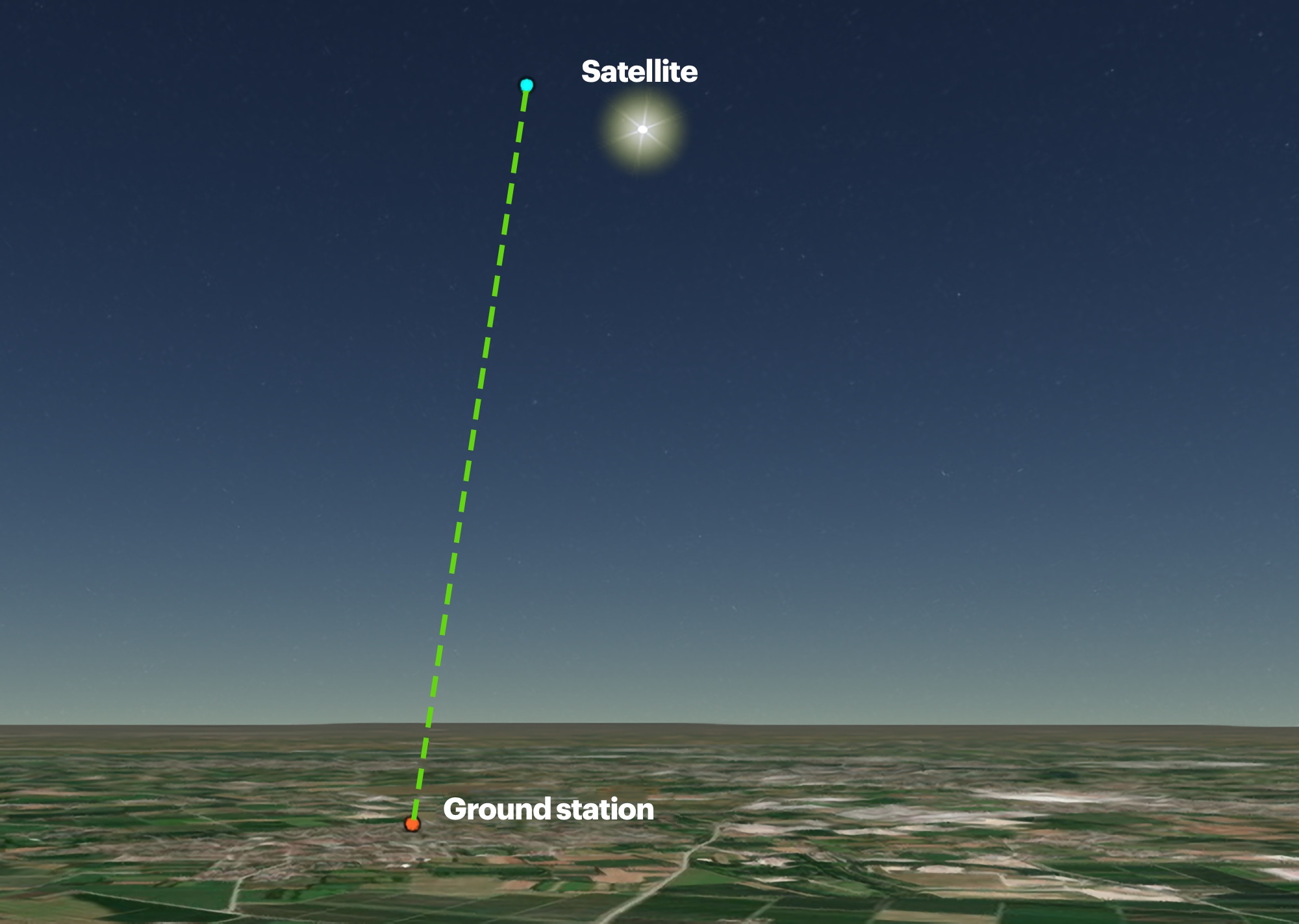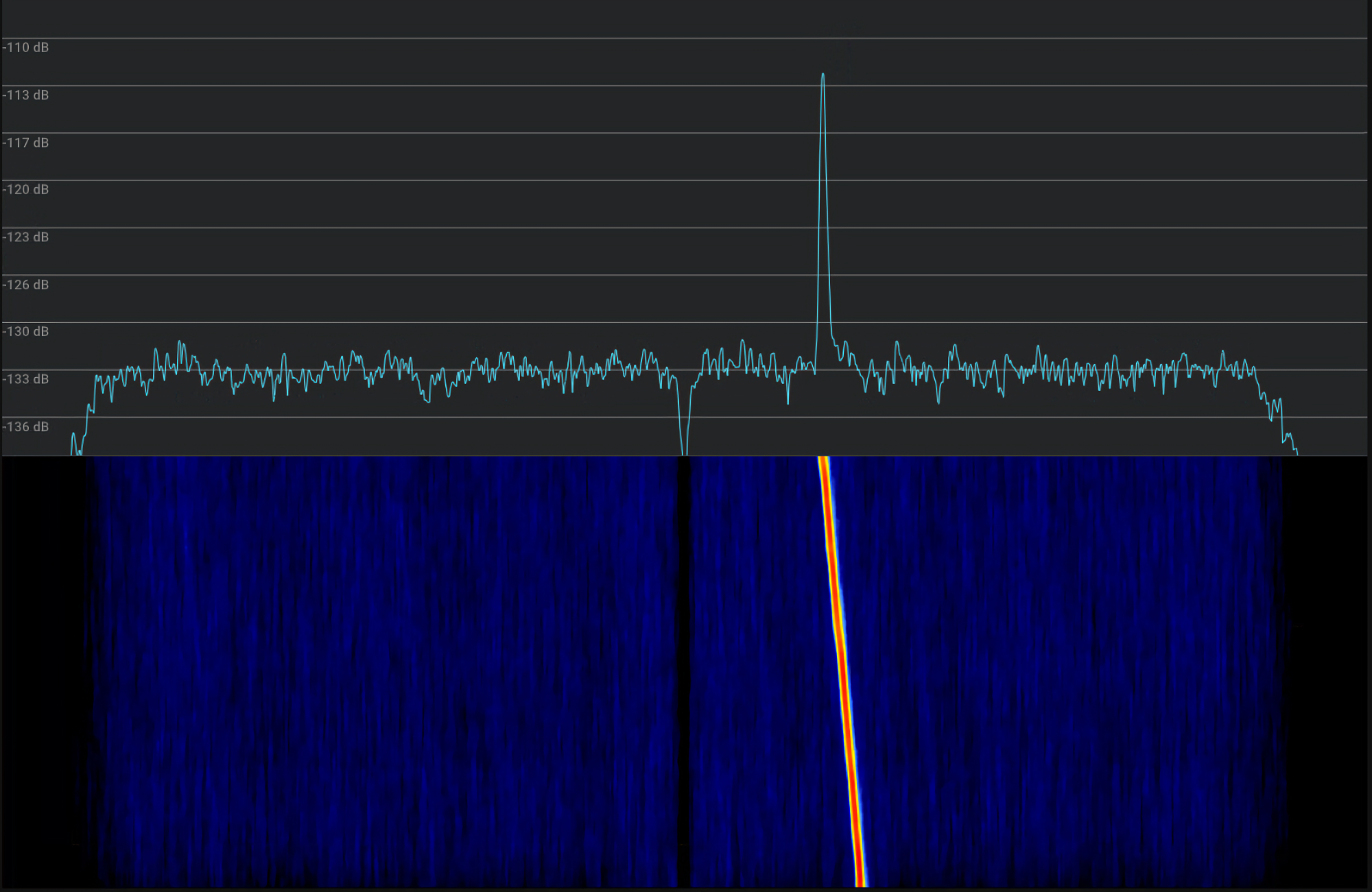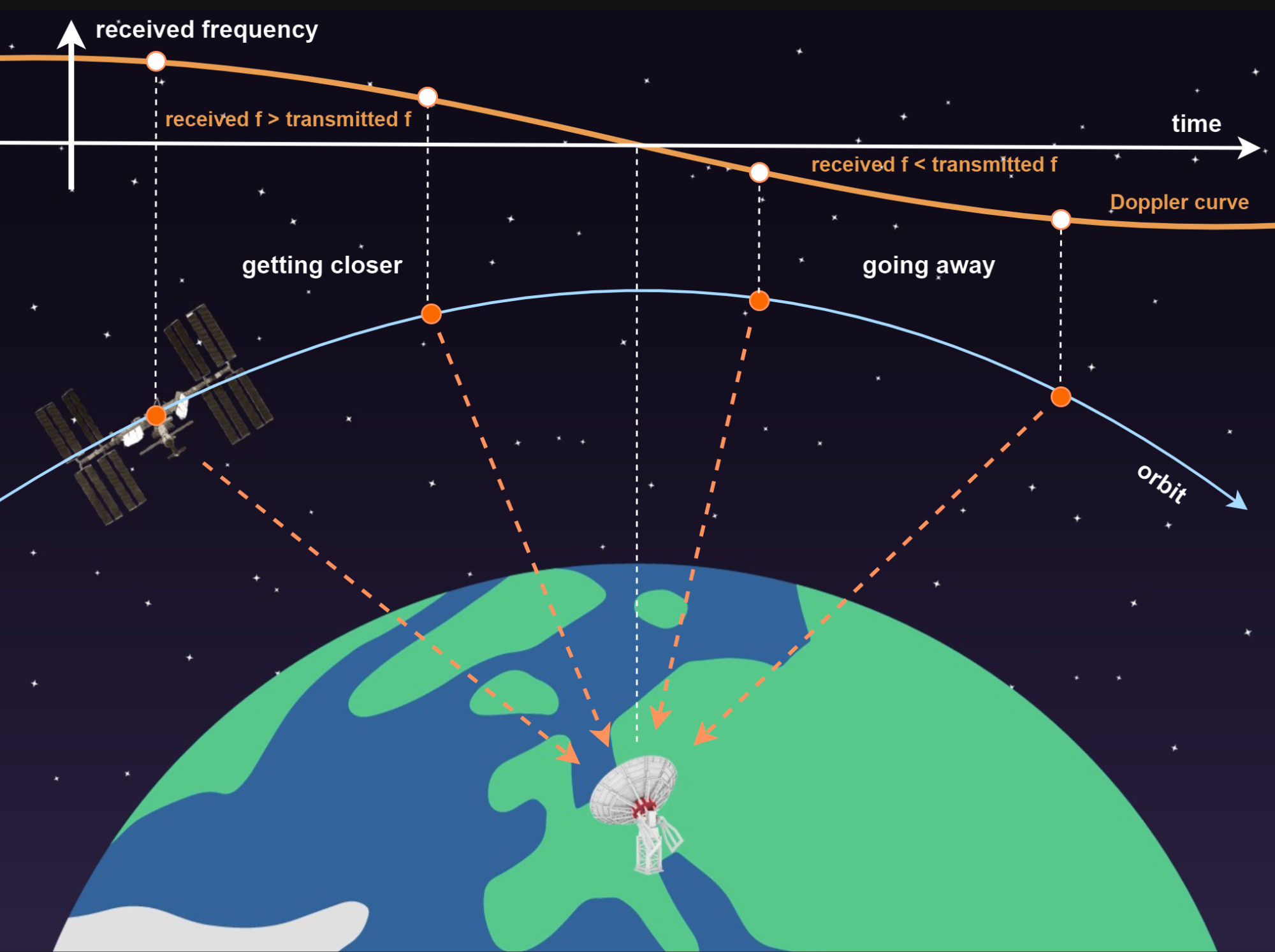Space communication architecture design must consider specific characteristics and requirements inherent in unique challenges of space environments. Indeed, in a space communication system, various factors come into play, shaping the overall system architecture and determining effectiveness and reliability of communication system in demanding conditions of space. Key factors influencing the choice of a space communication architecture include:
• Orbit *
• Propagation Latency *
• Lifecycle *
• Signal Power Spectrum and Noise
• Data Quantity and Data Rate
• Doppler Effect
• Regulations and Threats
(*): These are the three primary factors influencing space communication architecture.

Space communication architecture: orbit
This factor of the space communication architecture regulates various aspects:
– Time of view: duration during which the satellite is visible, impacting data acquisition and mission control complexity.
– Coverage and sizing: determined by orbit altitude, influencing antenna size and transmitter power. Coverage represents the area on Earth that can be reached by a satellite or a constellation of satellites. In general, the coverage is much smaller than the geometric footprint. Satellites in Low Earth Orbit (LEO) have, more than others, a passage of only a few minutes in line of sight of the ground station they are meant to serve. Coverage area can be global (with three satellites in Geostationary Orbit, GEO), but it requires an extensive network of Ground Control Stations.
– Doppler effect: frequency variation perceived by the receiver, becoming relevant in higher altitudes and with high relative velocity (e.g., for LEO satellites).
Propagation Latency
Communications are not instantaneous. The higher the orbit, the longer it takes for the signal to arrive. Although traveling at the speed of light there will still be some latency, which is nearly negligible for Earth orbits, while it can pose challenges for more distant missions. For instance, at Mars’ closest approach, delay is about four minutes, reaching around 24 minutes at maximum distance.
Lifecycle
Lifecycle of a space communication architecture significantly influences the selection of key components, considering both operational and functional degradation over time. This approach extends beyond the initial design and deployment phases. Regular maintenance, upgrades, and adaptation to evolving technological standards are essential considerations throughout the lifecycle. Monitoring and addressing potential issues related to wear and tear, and technological obsolescence play crucial roles in ensuring sustained performance and reliability of communication system.
Signal Power Spectrum and Noise
This highlights signal power as a function of frequency, offering insights into signal bandwidth. The spectrum is useful for displaying relevant communication signals, with peaks corresponding to background noise. The primary performance parameter is the signal-to-noise ratio, indicating system strength against background noise. Representing power trends over time in relation to frequency (waterfalls) helps visualize signal evolution, where power is highlighted through different colors. Generally, warmer colors indicate a stronger signal. Waterfalls chart can be correlate with power spectrum to provide information on signal evolution over time.

There are various factors that affect the quality of space communication architecture. These factors include cosmic noise, atmospheric noise, rainfall noise, ground noise, interfering noise, multipath fading, and the quality factor expression about earth communication station.
Doppler Effect
It occurs with high relative velocity, causing a frequency shift. Thus, emitted and received wavelength differ by a certain amount. For a source moving away, frequency is lower, while it’s higher for an approaching source. This phenomenon introduces challenges in maintaining a stable and reliable communication link. As LEO satellites rapidly pass over the ground station, managing frequency variations becomes crucial for ensuring uninterrupted and effective data transmission. Advanced signal processing techniques and adaptive communication protocols are implemented to mitigate the impact of Doppler shifts and frequency fluctuations, optimizing the performance of space communication systems. In high orbits, Doppler effects occurs due to greater distances involved. For spacecraft in interplanetary missions, where the distances are vast and the velocities are substantial, managing Doppler effects becomes a critical aspect of communication.

Data Quantity and Data Rate
It’s the total information to be sent/received, depending on mission type, amount of produced information, data type, and Command & Data Handling capabilities (coding, crypting, compression, etc.). Data rate is proportional to the amount of data per unit of time transferred between satellite and ground station. It is measured in bits per second (bps or bit/s). Its expression is as follows:
R=(m∙D)/(F∙T_max-T_in )
Where
– D is the quantity of data
– R is the data rate
– T_max is the maximum time of view of the satellite
– F is a reducing factor of the maximum time of view that considers any differences in various passages
– T_in is the time required to initiate communication (typically a couple of minutes)
– m is a margin factor to account for any contingencies that may prevent the proper passage of data (downtime, other data, conflicts, no one receiving).
Depending on the type of data to be transmitted and whether it is an uplink or downlink, there are typical bit rates.
Space communication architecture: regulations and Threats
Requests to authorities and adherence to regulations are necessary for communication operations. Frequencies and bandwidth allocation follow specific rules by the International Telecommunications Union (ITU), an ONU component, with three organs overseeing communication. Threats to communication system include environmental factors (radiation, ionosphere, atmosphere, launch), unsafe ground control stations, manipulations, and human attacks.
INTREPID ground station antenna systems for space communication
If you’re looking for a ground station for radio frequency space communications, consider opting for our INTREPID ground station antenna systems. These ground stations include a specially designed antenna tracking system to automatically track satellites based on TLE. Explore all the available models of our INTREPID ground station antenna systems by clicking here. We provides comprehensive services, including design, shipment, installation, and training. From conceptualization to on-site training, we are here to support every phase of your mission.
